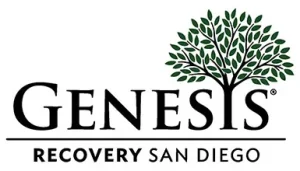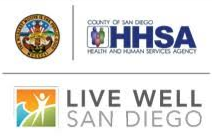Schema Therapy (Schema-Focused Cognitive Therapy) was developed by Dr. Jeffrey Young and is best defined as an integrative approach to mental health treatment that combines the most productive aspects of cognitive-behavioral, psychoanalytical, interpersonal, and experiential therapies into one collective model. Schema therapy is most known for helping people to change pervasive negative or maladaptive thinking and behavior patterns, even when other methods have been unsuccessful for them. Schema therapy is also predominantly successful because it focuses on addressing people’s long-standing patterns or “themes" in thinking, behaving, coping, and feeling, and helps to modify the dysfunctional role that they play in people’s lives. Schema therapy, in particular, is well-suited for resistant and difficult clients that have chronic psychological disorders including eating disorders, criminal behavior, personality disorders, and relapse prevention in anxiety, depression, and substance abuse. Since substance abuse is one of the main focuses of treatment at Genesis Recovery, schema therapy is a useful tool in treatment modalities for both newly sober individuals and chronic relapsers.
Schema therapy places a particular focus on early childhood psychological development. Dr. Young defines these “early maladaptive schemas” as self-defeating cognitive and emotional repetitions that develop at the onset of early childhood and are continually strengthened and embellished throughout adulthood. Maladaptive behaviors, such as substance abuse, are thought to be driven by these psychological and emotional connections to certain schemas, depending on the severity and pervasiveness of the schematic development. The idea is that the more entrenched the schema, the more it becomes activated and the more intense the maladaptive response to coping with it becomes. These patterns are often seen in habitual drug users and are why relapse is so common and staying sober is so challenging. There is often a reason why an individual picked up using drugs in the first place. It was often used as a “maladaptive coping tool”, a negative way to cope with certain difficulties in life, or “troubled schematic themes”. In the schema therapy framework, negative behavior is best understood as a way to cope and eventually develops as a way of overcompensating or soothing unmet childhood needs. Luckily, everyone has schemas and once they can be identified, treatment can ensue to alter them into more healthy thinking, emotional and behavior patterns.
The school of schema therapy thought believes that even though not having one's needs met in childhood can lead to self-defeating patterns in adulthood, having the experience of those needs finally being met as an adult can help to heal and eventually stop the dysfunctional ways of thinking, feeling and behaving. Schema therapy also helps individuals to gain self-awareness, including being able to recognize the dysfunctional ways of seeing and being that tend to cause problematic issues. Identifying and working through the schemas allows individuals to work on changing deeply ingrained patterns and can help that individual get in touch with true feelings, learn healthier ways of responding to the schemas and to work on getting emotional needs met in a more functional and present-focused way. Schema therapy is by no means the perfect and ultimate treatment; it is merely a tool that therapists can use to help people start to make better life decisions and changes, especially for those who are more resistant to it. Addiction is a difficult disease to treat for many reasons but the more tools that are available to help, the greater chance individuals have in overcoming its claim on their lives.

